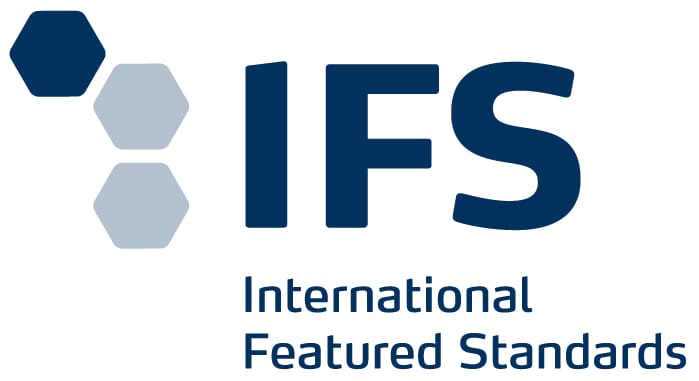MAGNESIA
What is Magnesia?
In the German language, the term Magnesia not only stands for the name of our company, but is also synonymous with magnesium oxide, which is one of our most important products.
According to our name, we can identify ourselves in many aspects with magnesium oxide, it is versatile in various technical applications but also various pharmaceuticals.
An important source is waters with high mineral content (including the Dead Sea), from which magnesium chloride is extracted and processed into magnesium oxide.
Furthermore, natural magnesium oxide is also obtained by traditional mining, where mineral rocks are extracted, selected, separated, and crushed to small rocks often described as periclase, which basically means magnesium mineral. In this type of extraction, mineral rock is grinded to smaller granules or powder. Subsequently in further production processes, magnesium oxides are exposed to high temperatures (calcination) to increase product purity.
These calcination processes of magnesium oxides are split into temperature-related categories known as caustic calcined (between 800 °C — 1200 °C), sintered magnesia or dead-burnt magnesia (between 1400 °C — 1800 °C) and electro-fused magnesia (between 2000 °C — 3000 °C).
Photo Credits: iStock.com/Lester120






